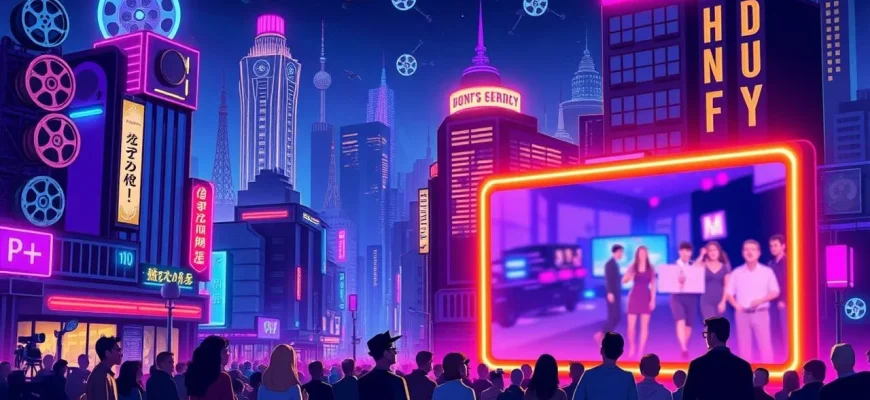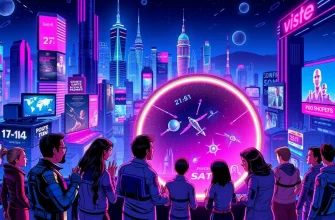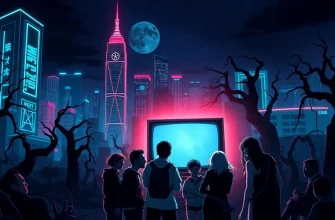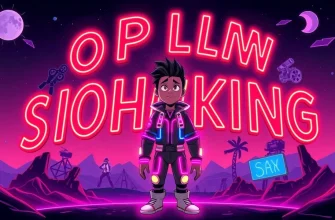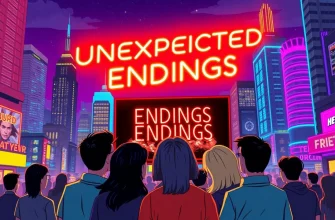Films with open endings offer a unique viewing experience, challenging audiences to think beyond the screen and engage with the narrative on a deeper level. These films often leave viewers pondering, discussing, and interpreting the story long after the credits roll. This collection showcases ten such films, each with an ending that invites speculation and personal reflection, enriching the cinematic experience.
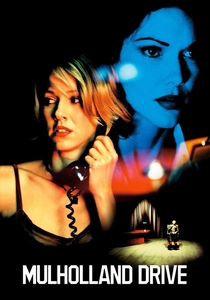
Mulholland Drive (2001)
Description: David Lynch's surreal narrative leaves viewers to piece together the fragmented reality of Hollywood dreams, with an ending that blurs the line between dream and reality.
Fact: The film was originally intended as a TV pilot but was re-edited into a feature film after the pilot was not picked up.
 Watch Now
Watch Now
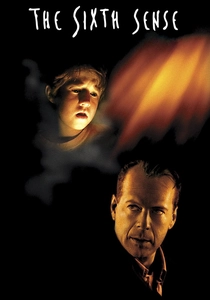
The Sixth Sense (1999)
Description: M. Night Shyamalan's film famously ends with a twist that recontextualizes the entire story, leaving viewers to reassess what they've seen.
Fact: The film was nominated for six Academy Awards, including Best Picture.
 Watch Now
Watch Now

The Others (2001)
Description: Alejandro Amenábar's ghost story concludes with a twist that redefines the entire narrative, leaving viewers to ponder the true nature of the characters' existence.
Fact: The film was shot in Spain, but set in England, with all dialogue in English.
 Watch Now
Watch Now
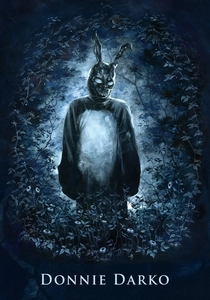
Donnie Darko (2001)
Description: Richard Kelly's cult classic ends with a series of events that could be interpreted as either a dream, time travel, or an alternate reality, leaving much to the viewer's interpretation.
Fact: The film's director's cut provides additional context but still leaves the ending open to interpretation.
 Watch Now
Watch Now
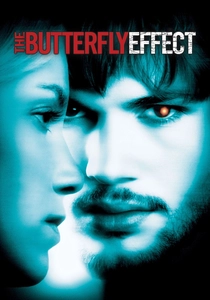
The Butterfly Effect (2004)
Description: This time-travel thriller concludes with multiple endings, each leaving the protagonist's fate and the consequences of his actions open to interpretation.
Fact: The film's director's cut includes an alternate ending that was considered too dark for general release.
 Watch Now
Watch Now
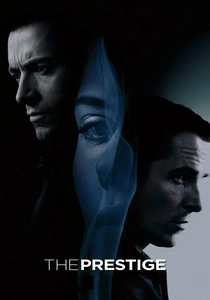
The Prestige (2006)
Description: Another Nolan masterpiece, this film about rival magicians ends with a twist that raises questions about identity, sacrifice, and the nature of performance.
Fact: The film's title refers to the third act of a magic trick, where the magician makes the impossible seem real, mirroring the film's ending.
 Watch Now
Watch Now
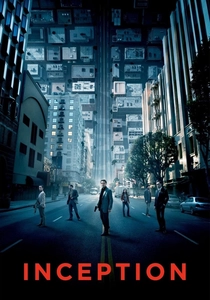
Inception (2010)
Description: Christopher Nolan's mind-bending thriller leaves viewers questioning whether the protagonist, Dom, is still in a dream or has returned to reality, symbolized by the spinning top that never stops.
Fact: The film's ending was intentionally left ambiguous by Nolan, who has stated that the answer lies in the emotional truth of the character, not the physical reality.
 Watch Now
Watch Now

The Invitation (2015)
Description: This psychological thriller ends on a note where the reality of the situation is left ambiguous, with the audience questioning the protagonist's sanity or the truth of the events.
Fact: The film was shot in just 20 days, with much of the tension built through dialogue and atmosphere rather than special effects.
 Watch Now
Watch Now

The Vanishing (1988)
Description: This Dutch thriller ends with a chilling open-ended scenario, where the fate of the protagonist is left to the audience's imagination.
Fact: The film was remade in Hollywood in 1993, but the original is often considered superior for its subtlety and ambiguity.
 30 Days Free
30 Days Free
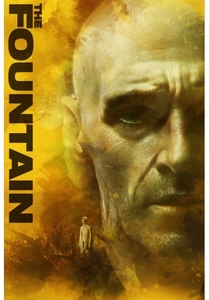
The Fountain (2006)
Description: Darren Aronofsky's exploration of love, death, and rebirth across different timelines ends with an ambiguous resolution that intertwines the fates of its characters.
Fact: The film was shot in three different time periods, each representing a different aspect of the story's themes.
 30 Days Free
30 Days Free

